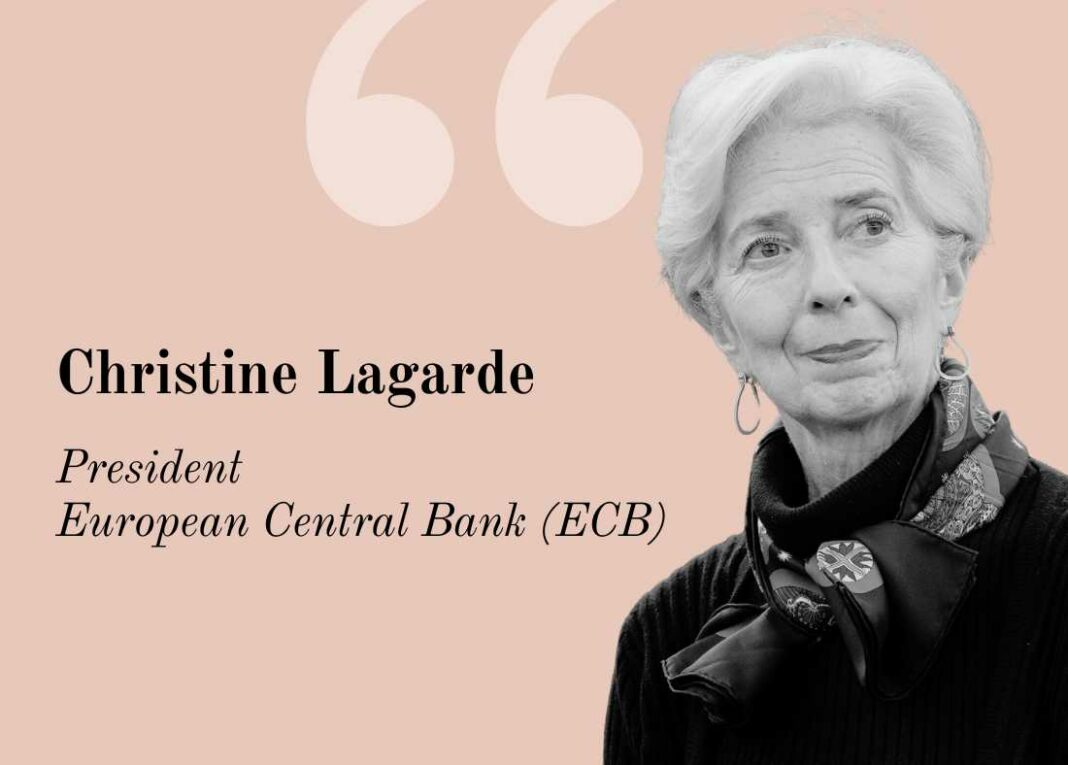An IMGW News Report
Could Lower ECB Interest Rates Boost the Domestic Property Markets in Southern Europe? How Can This Impact Investment Migration, if at all?
You're Just a Couple of Clicks Away from IMGW.News Content...
1. New to IMGW.News?
If you're new to our portal, please subscribe here for free:
Link
2. Already Subscribed
If you are already a subscriber you can login from here:
Link
 What's New?
What's New?
We've enhanced our subscription technology with features like the Reading App, making IMGW.News more robust, user-friendly, and fun to use. Enjoy!

 What's New?
What's New?